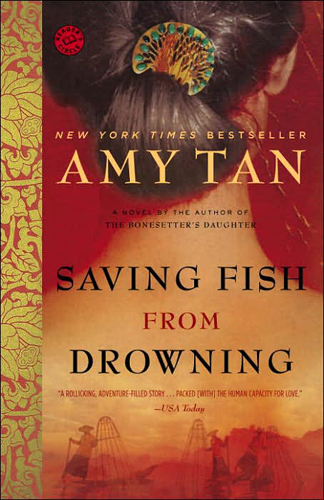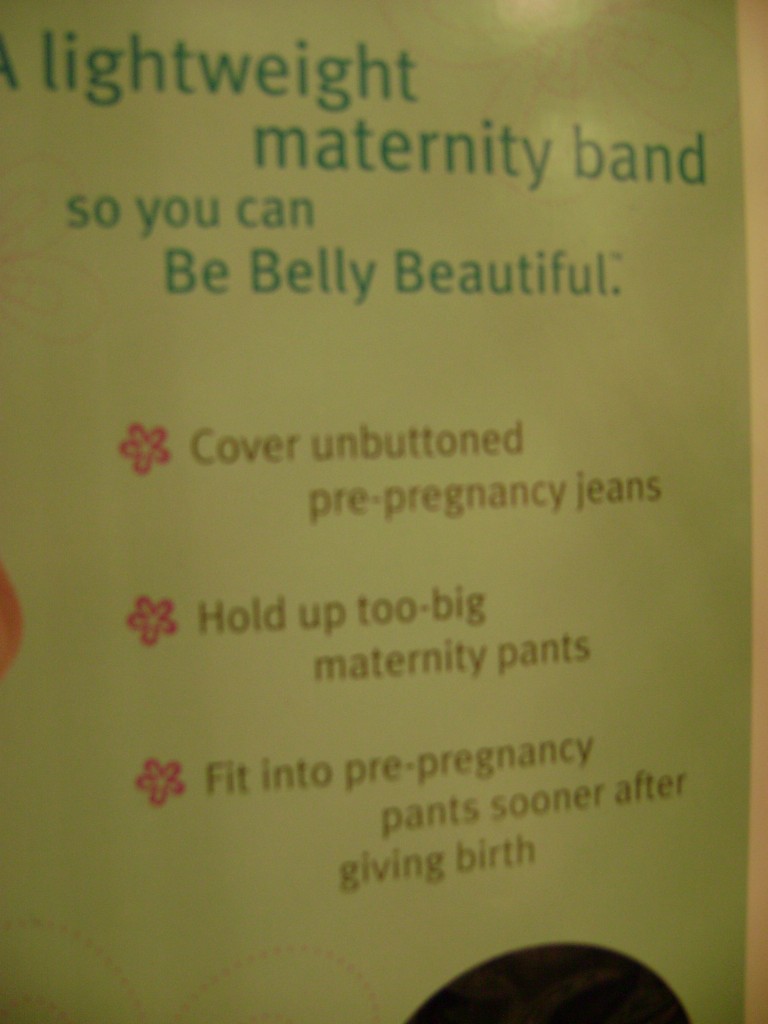This Dove deodorant commercial, sent in by Emma H., is a nice, simple example of how women are taught that certain feminine performances are required. In the commercial, the woman wants to wear a sleeveless dress. Her comment is followed by the following text:
Emphasis on “has” and “of course,” of course.
Watch it:
This is the same Dove, of course, that markets itself with the “real beauty” campaign and is owned by the same company as Axe.
Lisa Wade, PhD is an Associate Professor at Tulane University. She is the author of American Hookup, a book about college sexual culture; a textbook about gender; and a forthcoming introductory text: Terrible Magnificent Sociology. You can follow her on Twitter and Instagram.












